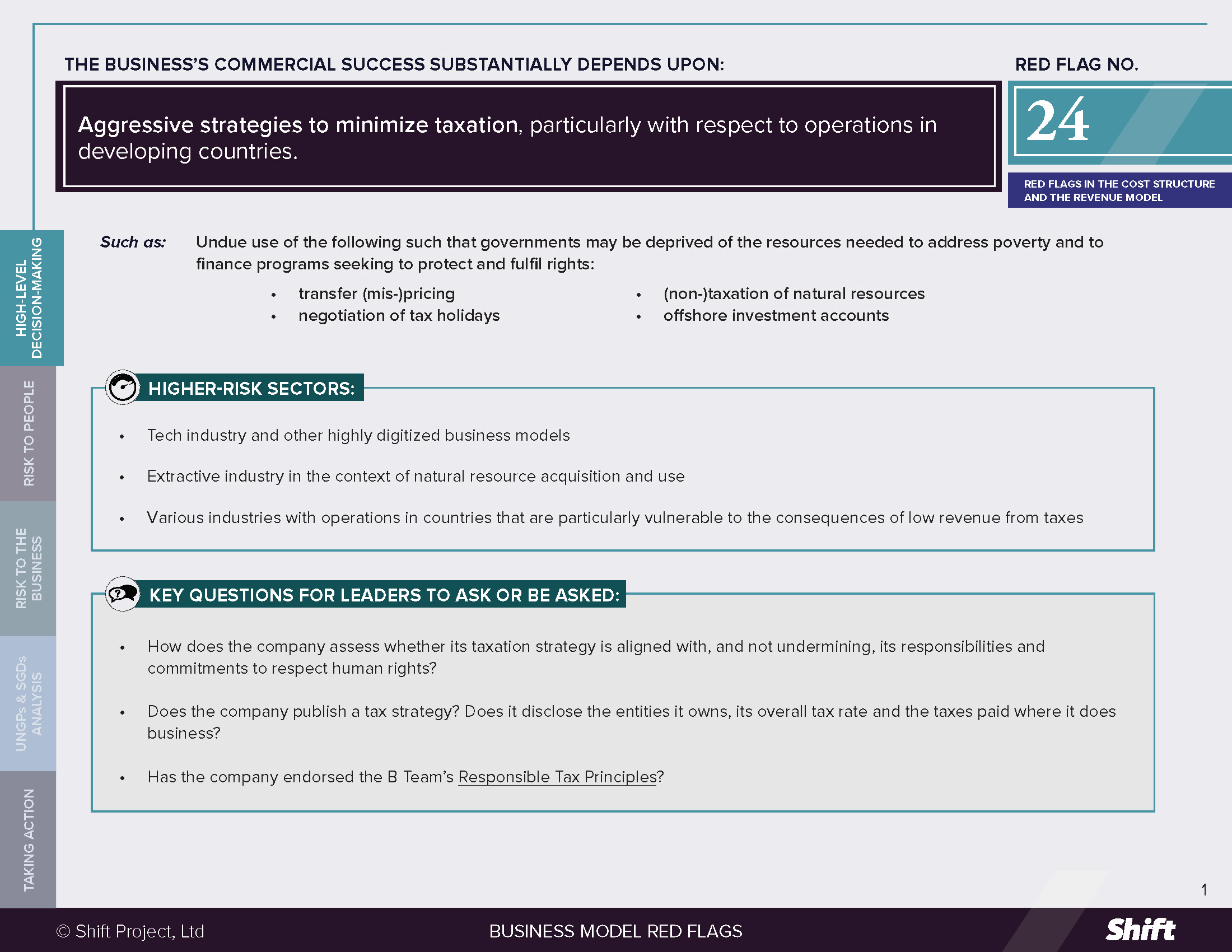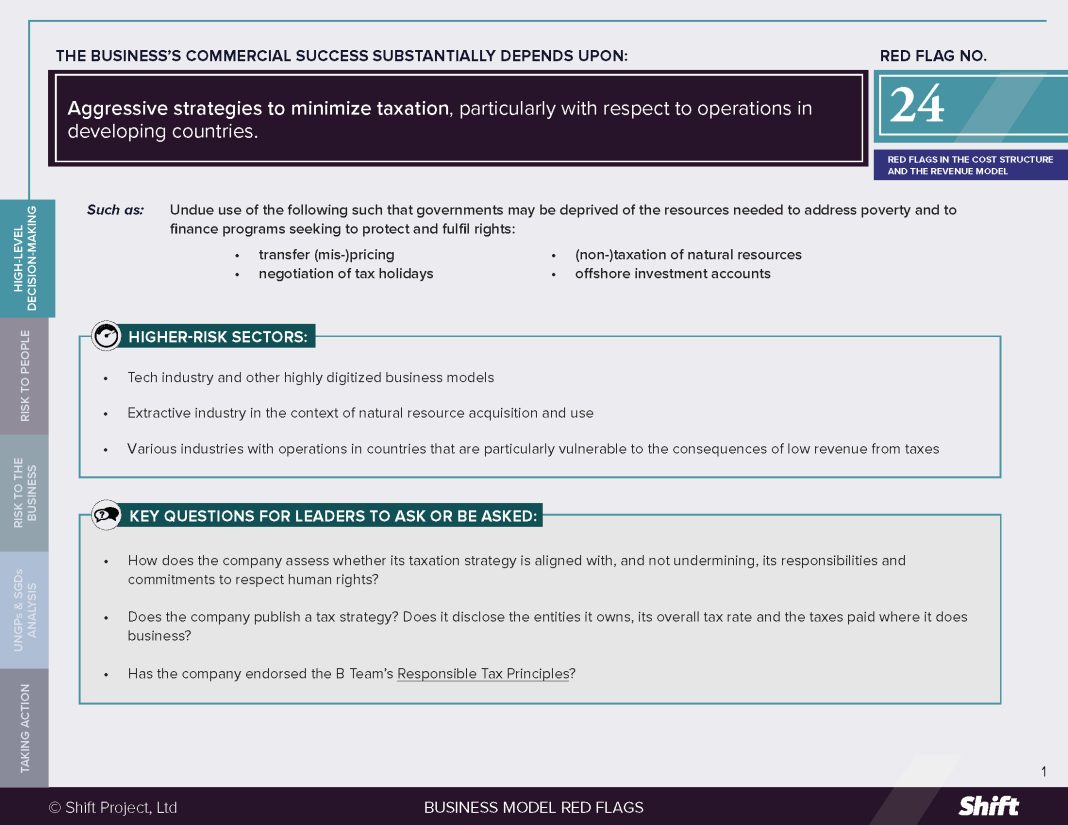 Understanding the Impact of Taxes on Social Security Benefits
Understanding the Impact of Taxes on Social Security Benefits
Introduction:
Many individuals who have contributed to Social Security throughout their working lives are surprised to learn that they owe taxes on their benefits. In fact, approximately 40 percent of Social Security recipients are subject to taxation on their benefits. This article aims to shed light on how this situation arises, the extent to which Social Security benefits can be taxed, and strategies to minimize the tax burden.
Why Are Social Security Benefits Taxable?
Prior to 1984, Social Security benefits were not subject to taxation. However, changes in legislation now require recipients with a certain income threshold to pay taxes on their benefits. This means that even individuals who work part-time or receive income from a 401(k) may find themselves facing taxes on their Social Security benefits.
The Percentage of Social Security Benefits That Is Taxable:
The amount of Social Security benefits that is taxable depends on the recipient’s income level. For single filers, the breakdown is as follows:
– Below $25,000: No tax on benefits
– $25,000 to $34,000: Up to 50 percent of benefits are taxable
– Above $34,000: Up to 85 percent of benefits are taxable
For married couples filing jointly, the taxation percentages are as follows:
– Below $32,000: No tax on benefits
– $32,000 to $44,000: Up to 50 percent of benefits are taxable
– Above $44,000: Up to 85 percent of benefits are taxable
It’s worth noting that these income thresholds have not been adjusted in years, meaning that middle-class individuals bear the brunt of these taxes while the wealthy remain unaffected.
Strategies to Minimize Social Security Taxes:
While it is not possible to completely avoid the Social Security tax, there are several strategies that can help individuals minimize their tax liability:
1) Convert Investment Income Into an Annuity:
Although some people may feel uncomfortable with annuities, they can serve a purpose in minimizing Social Security taxes. By placing money into an annuity, the interest earned is reinvested back into the annuity, and taxes are only applied when payments are received. This means that the provisional income generated from an annuity will be lower compared to other investment vehicles.
2) Reduce Business Income:
Minimizing income received from partnerships or other businesses can also help lower Social Security taxes. By increasing deductions or expenses, individuals can reduce their K-1 or pass-through income. While this strategy may not be sustainable every year, combining deductions and expenses into alternating years can effectively reduce the tax burden.
3) Utilize Roth IRAs for Non-Taxed Income:
Withdrawing funds from a Roth IRA or Roth 401(k) does not incur taxation, as taxes have already been applied to the contributions made. This non-taxed income does not count towards the “combined income” that affects taxes on Social Security benefits. However, it’s important to note that individuals must have held the Roth IRA for at least five years and be over the age of 59½ to withdraw money tax-free. Contributions to a Roth IRA can be made as long as there is earned income from self-employment or employment wages, excluding investment income or Social Security benefits.
4) Leverage Required Minimum Distribution Taxes:
Required minimum distributions (RMDs) can increase tax liabilities. However, utilizing qualified charitable distributions (QCDs) can help lower tax liabilities and Social Security taxes. A QCD involves transferring funds directly from an IRA to a registered 501c(3) charity, reducing adjusted gross income. It is important to note that dispersing the funds and then donating them will not qualify for the tax benefits associated with QCDs.
Conclusion:
While tax-free Social Security benefits are a thing of the past, there are strategies available to minimize the tax liability on these benefits. By considering options such as converting investment income into annuities, reducing business income, utilizing Roth IRAs, and leveraging QCDs, individuals can potentially reduce their Social Security tax burden. It is recommended to consult with an accountant or tax attorney to assess individual circumstances and determine the most appropriate course of action.


